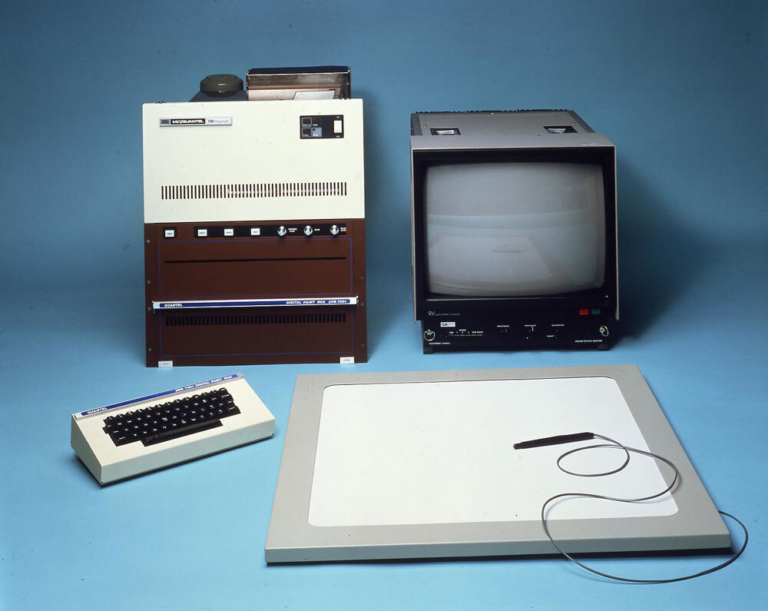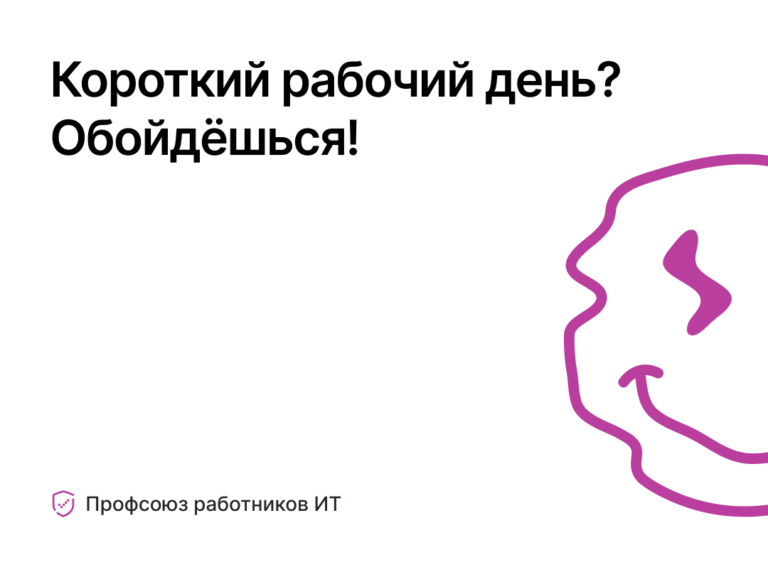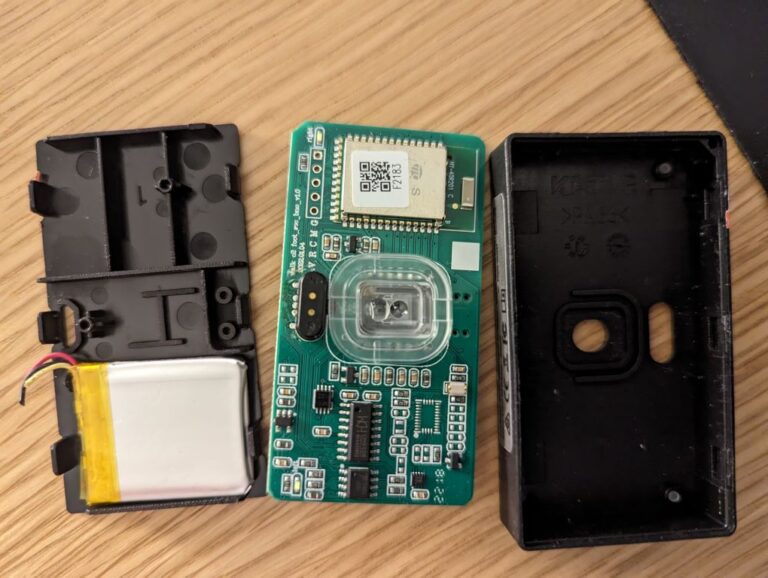What documents accompany the work of a normal freelancer
Spoiler: contracts, additional agreements, invoices, closing acts, reconciliation acts. I am reading a chapter from The Normal Freelancer’s Book for you, in which I talk about why each of these documents is needed, and how one by one they appeared in my freelance practice.
At the beginning I want to make an important remark. The article you will read below is a chapter from a book whose readers are already immersed in context. The context is that the author is an information systems designer who provides a complex, expensive, and time-consuming service. Not everyone is suited to this way of doing things. And now let’s go:
If each service is performed under a contract,
How much time do you spend on paperwork?
It’s better to spend this time usefully, trying to remember,
Where is the deadline, when is the payment and what is the project about.
After the client agrees to the commercial offer, the following documents may accompany the freelancer’s work.
Contract for services. This document contains information about who concluded it and when, who is responsible for what, who does what in what time frame and what will happen in case of unforeseen circumstances. My contract consists of two parts: the main text and an appendix describing in detail the composition of future work. In the case when the service is not voluminous, I can do without the appendix by inserting its description into the main text.
I remember how much I was worried about the question: how to assign numbers to contracts? I expected that there is some kind of standard, requirements. But in fact, everything turned out to be simple. The number can be almost any combination of letters, numbers, and special characters. And the numbers can be repeated throughout the year, this is also not scary. The main thing is that the uniqueness of the contract is confirmed simultaneously by two things: the number and the date.
By the way, if at the beginning of the next year my first client appeared in February or March, I could come up with such a contract number that would say that this is actually not my first project this year (for example, P-005-15; here the type of work, contract number and year are encrypted). For some reason, it seemed to me that clients would treat me worse if they suspected by the number of the contract that I had been unemployed for several months.
First, I took as a basis the contract of my former employer. Then it changed a little from client to client. Simplified, became more beautiful in terms of formatting, supplemented with new moments that excite my customers.
If I started my activity today, I would easily find a suitable sample contract on the Internet and take it as a basis.
Clients, having received the contract, often send it to their lawyers. It is interesting to observe how in some cases the document is simply not read and no feedback is given. Sometimes, on the contrary, they comment on it too zealously, fearing for many points: whose work can be used, what fines must be paid in case of violations, who owns the exclusive rights to the result of the work. At the beginning of the journey, when I had to “live from project to project”, I was very worried about such edits, and every time I received them, I was upset. I was afraid and worried that in this way the client was “preparing for war” and actively expressing distrust. Plus, each such iteration with edits delayed the start date of work.
Later, when I was no longer dependent on the money of each subsequent client, I not only treated edits and comments calmly, but also showed sincere curiosity. The lack of fear of being deceived was sobering and made it possible to understand that clients and their lawyers were not at all trying to find a way to get the most out of me, but they wanted to protect themselves from the incompetence of an unfamiliar performer. When the same client ordered something for the second and third time, they no longer read the contracts (only the appendices to them).
To enter into force, the contract must be printed and signed in duplicate. Today, services are already widespread that allow using EDS, an electronic signature, in document management, so that you do not have to send signed documents back and forth by mail, but, to my shame, I have never used them. However, due to the duty of the profession, I still had to figure out how it works.
In my practice, contracts signed before the start of work appeared no more than three times out of ten. Usually the client got acquainted with the document in electronic form and paid the invoice, leaving other formalities “for later”. This is an unsafe approach, but it is ubiquitous in freelancing. In my case, the true guarantee that the client accepted the terms and was ready to work was an advance payment transferred to my account.
Check. This document contains the details of the contractor, the name of the work with reference to the contract and the amount to be paid. Working on a 100% prepaid basis, I send the client an invoice immediately with the contract and start working when the money arrives on the current account (and sometimes even earlier, when the client sends a payment order marked by the bank, that is, a document confirming that he instructed the bank to transfer me money).
Previously, when I broke the work into stages and took payment for them separately, I had to generate and send several invoices. It wasn’t very convenient. It seems to me that if the client does not give the last money, it is easier for him to pay immediately. In any case, I myself, acting as a client, do just that.
It is enough to send the invoice to the customer in electronic form. It is not necessary to sign and keep it in paper form.
Certificate of Completion. After everything is done and the client is satisfied, it is necessary to sign an act of completion. This document lists the details of the contractor and the customer, the name of the work with reference to the contract, the total amount of the transaction and the text that the customer has no claims against the contractor and everything was delivered on time. The phrase from the client “everything is ok, send the act” is almost as pleasant for a freelancer as “I looked at the contract, send the invoice – and let’s go!”.
The act is important for accounting. It must be printed, signed and exchanged with the client (or use EDI and EDS for this, that is, electronic document management and electronic digital signature). He confirms the performance of work under the contract and the completion of the transaction.
The act appears already at the moment when everything is done, and the client and the performer have relaxed. Therefore, no one has any motivation to mess with it. At first, I simply did not pay attention to this document, and after six months or a year, sad accountants of clients knocked on my door. They explained that they needed the act to confirm the funds spent. That it is necessary to keep the entire set of documents for five whole years. And that I send them a signed copy immediately.
One of these accountants printed out the act on his own, signed it with his manager and sent it to me by mail, putting another envelope with the return address already written in the envelope. I liked such care, and after that incident I began to do exactly the same. And at some point, I introduced it as a mandatory rule to take on all the accompanying documents myself, so that my clients and their accountants would feel comfortable working with me.
By the way, I realized the practical importance of the act when one of the old clients knocked on my door one day. He prepared a set of edits for a project that I had submitted to him the year before. And I didn’t have a single rationale why I shouldn’t make these edits. I had to remember the project, make changes and send the client an act of completion.
Additional agreement to the contract. If as a result of the work some additional tasks arise or the composition of the original work changes, then an additional agreement to the contract can be drawn up. And you can make a new one. Here’s how it’s more convenient for anyone.
Works under an additional agreement are in the same way accompanied by invoices, if necessary, and can be closed by their own separate act.
Act of reconciliation. I learned about this document quite by accident, having worked as a freelance entrepreneur for more than five years. The accountant of one of the clients sent me a letter with a document that listed all the contracts and acts between the client’s LLC and me as an individual entrepreneur. He asked me to check if everything is correct there. Moreover, the letter was formulated in such a way that the absence of a response on my part would be interpreted as a tacit confirmation that the reconciliation report contains reliable information. I checked everything, of course. There were no mistakes. And after that I ran to the Internet for detailed information about what it had just been.
Reconciliation acts are needed in order to make sure that the information about transactions between the customer and the counterparty (that is, the contractor) is correct. We are talking about their number and amounts of money. The reconciliation act can be prepared by the client’s accountant, or he can ask a freelancer to do it. In all the years of work, I have come across this document three times. And the third time I found several errors in the act. There were errors both in the composition of contracts and in the amounts of transactions. Fortunately, I had all the necessary documentation for this client so that the accountant could put things in order.
With all of the above documents, I worked as a freelance entrepreneur. However, their essence is relevant for any transactions between people. An e-mail or a message in a messenger can be used as a contract. As an account – the same message with details and amount. Instead of an act, there are written words of the client that he accepts the work and has no complaints about the result. Even the reconciliation act is, in fact, a set of all previous agreements, recorded somewhere in writing, which you can refer to in order to remember what was there.
The more agreements are written down, the easier it is to avoid conflict situations. People over time not only forget many things, but also form false memories of them. And documentary records are the surest way to solve this problem before it occurs.
You can read The Normal Freelancer’s Book for free at website. You can also support the author there by purchasing the e-book version. Join and TelegramI also write a lot of useful things there.




